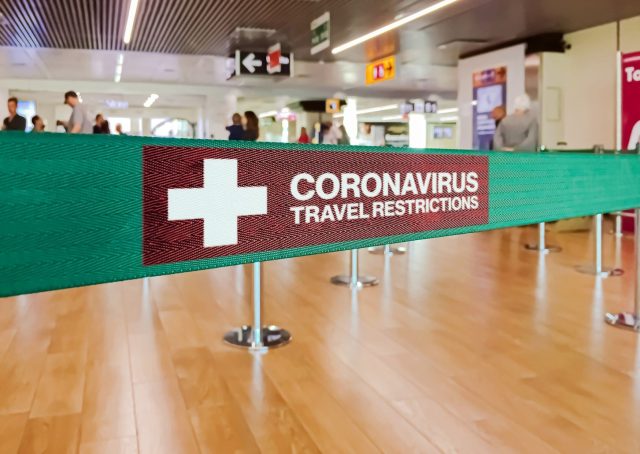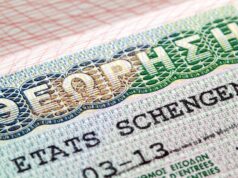From mid-June 2021 Indian states started easing COVID-19 induced lockdown in a cautious way to get back to normal. As a result, six major metropolitan areas are forecasted to grow by 9.7 per cent in real terms in 2021 and unemployment rate set to decline by 0.9 percentage points over the last year, says GlobalData, a leading data and analytics company.
Aditi Dutta Chowdhury, Economic Analyst at GlobalData, comments, “Reduced number of new infection cases, falling positivity rate, increasing availability of hospital beds with oxygen along with faster inoculation process have built the confidence among the policy makers to reopen the economy that will gradually boost consumer confidence and demand.”
Consumer demand accounted for 57 per cent of the gross domestic product of the country in 2019-20, according to Ministry of Statistics. This will further raise investor confidence and strengthen labor market.
Chowdhury continues: “Huge burden of health expenditure during the second wave both at government and household levels might curtail consumer demand in the near term.”

Six major metropolitan areas contributed around 14 per cent to the national economy in 2020. GlobalData forecasts Hyderabad to lead the recovery with a growth rate of 10.9 per cent in 2021, followed by Bengaluru (10.6 per cent) and Chennai (9.9 per cent). Among the worst COVID-19 hit areas, Mumbai is forecasted to grow by 8.7 per cent, Kolkata by 8.8 per cent and Delhi by 9.5 per cent. Labor market status is likely to improve this year over the last year. Unemployment rate is projected to decline in Delhi with 1.7pp, followed by Chennai (1.0pp), Bengaluru and Mumbai (0.8pp), Hyderabad (0.7pp), Kolkata (0.6pp) in 2021. On this backdrop, household consumption expenditure is expected to revive in 2021.
All states are gradually implementing unlocking measures. However, in the wake of delta plus variant and looming threat of third wave of the pandemic, the states are reviewing the new easing measures in a more restricted manner.

Chowdhury explains, “Lockdown measures helped to reduce the new infection cases drastically in two months. With faster vaccination process, easing of restrictions is key to economic recovery.”
The impact of the second wave is quite severe, as the Reserve Bank of India estimated that US$26.5bn output was lost during April-May 2021.
An additional fiscal stimulus of US$83.1bn was announced to assist hospitality sector in June 2021. The first 0.5 million overseas tourists will be welcome free of visa charge to revive the demand of the sector. As financial support to the sector, a 100 per cent loan guarantee scheme will be available to travel agencies and regional tourist guides. In addition, beneficiaries from other COVID-19 affected sectors such as power and broadband infrastructure will avail schemes.
Chowdhury concludes, “The additional stimulus will definitely increase the financial burden of the government but will provide fillip to sectors such as tourism and hospitality, which are key employment generators of the country. However, the economic revival of the cities might get delayed if any further restrictions are imposed due to the emerging COVID-19 variants.”



















































